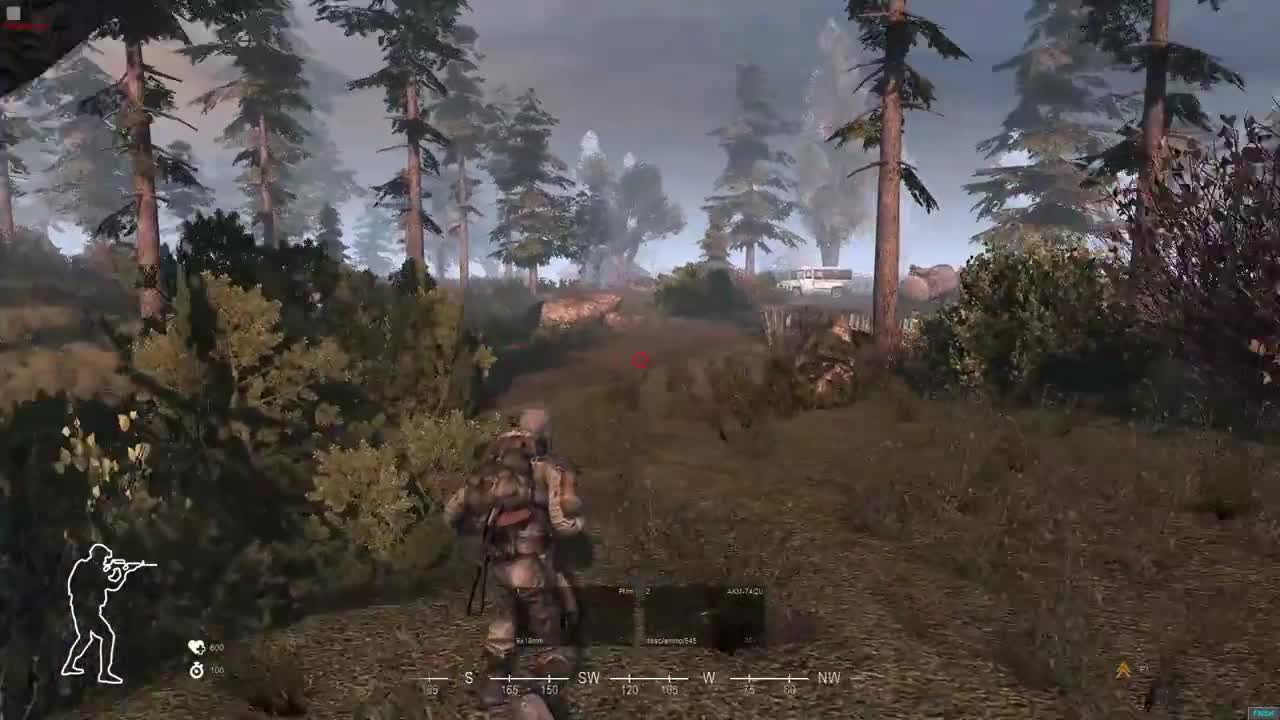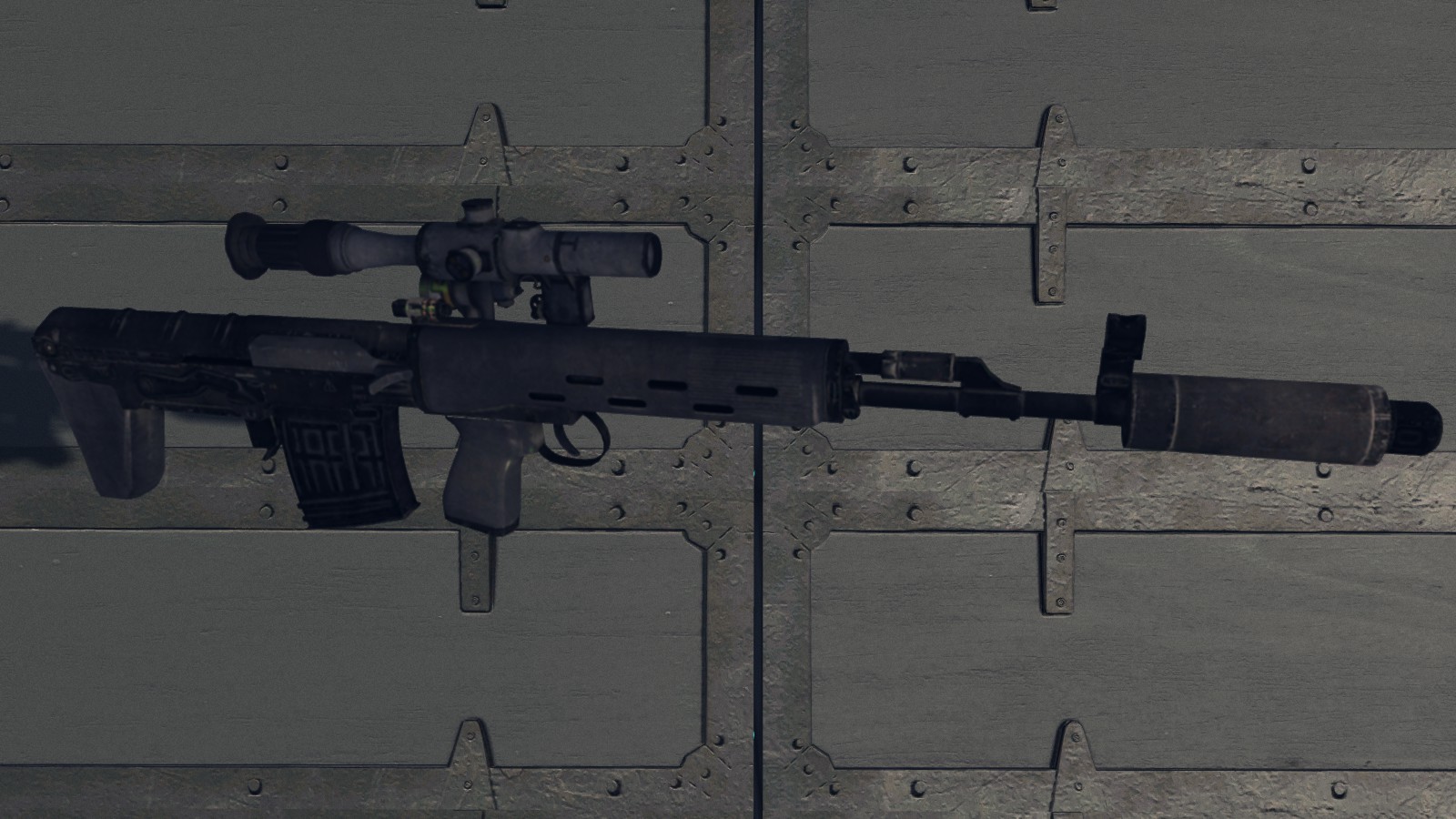

(2) Provide support to Soldiers, both on and off-post, and within the limits of the laws of localities, states, and host nations. (1) Build and maintain a cohesive, combat ready Army which is focused and determined to accomplish its mission. Specifically, the goals of the MEO Program are to. Commanders are responsible for sustaining a positive EO climate within their units. MEO philosophy is based on fairness, justice, and equity. The Military Equal Opportunity Policy and Program (MEO) formulates, directs, and sustains a comprehensive effort to maximize human potential and to ensure fair treatment for all Soldiers based solely on merit, performance, and potential in support of readiness. Finally, CAC offers the force a rapid issue resolution process to hasten the dissemination of critical information gathered from the field to resolve issues of importance to commanders and to save the lives of Soldiers. The program further improves the implementation of recommended changes to determine effectiveness in addressing identified issues. This is accomplished through a network of commands, units, and organizations continuously collaborating on observations to facilitate the integration and sharing of lessons and best practices. The lessons learned program provides a system in which discovered lessons and best practices are validated and corrective actions are implemented into doctrine, training, education, leader development and operations. Through the Center for Army Lessons Learned and the eight Centers of Excellence, the Combined Arms Center creates a knowledge sharing culture within the Army in which every Soldier and Army Civilian Corps employee is a discoverer and user of information, with the intent of driving continuous collection and sharing of observations from every unit level. The educational development of characteristics such as critical thinking, ethical reasoning, judgment, situational understanding, and problem-solving must accompany hard tactical and technical skills acquired in training. Education is critically important because the Army educates for uncertainty.

The Army Operating Concept 2014: Winning in a Complex World, recognizes the imperative of creating a culture of career-long learning within the US Army that facilitates continued development of agile, adaptive, and innovative leaders who thrive in complex environments. US Army educational organizations help maintain a relevant, agile, and informed force for US Army and joint force commanders.

#CALL TO ARMS MOD FOR BETTER PERFORMANCE PROFESSIONAL#
The Combined Arms Center synchronizes education across the force through Army University (Army U) to ensure an applicable common core throughout the Total Army, while working with the operating force to capture, understand, validate, and apply operational lessons learned to professional military education programs. The Combined Arms Center synchronizes 37 US Army schools through Army University educating and training more than 300,000 students annually, including nearly 5,000 students from 130 separate nations and more than 10,000 sailors, airmen, and Marines from the Joint Force. CAC is made up of more than 34,000 Soldiers and Army Civilian Corps employees stationed throughout the United States, Europe, Korea, and SW Asia and nine centers of excellence, 20 branch schools, and seven non-branch schools. CAC is also the US Army's lead organization for lessons learned, doctrine, training, education, functional training, fielded force integration, managing the Army Leader Development Program, Army Profession Program, Army Training Support System Enterprise, Army Training and Education Management Enterprise, and the Combat Training Center Program. The US Army Combined Arms Center (CAC) is the force modernization proponent for unified land operations, combined arms operations at echelons above brigade (Division, Corps and Theater Army), mission command, airspace control, information operations, irregular warfare, knowledge management, personnel recovery, OPSEC, military deception, security force assistance, UAP interoperability, and the Army Profession.


 0 kommentar(er)
0 kommentar(er)
